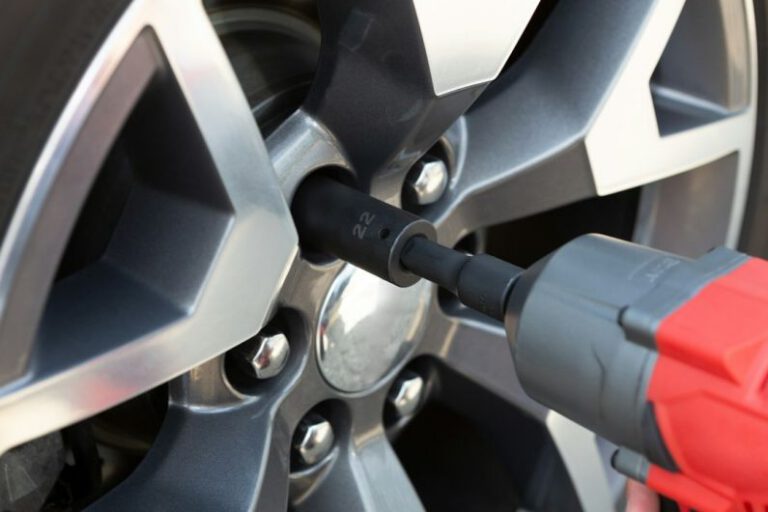What Are the Latest Innovations in Autonomous Vehicles?
The automotive industry has been revolutionized by the development of autonomous vehicles. These self-driving cars have the potential to transform transportation as we know it, making it safer, more efficient, and more convenient. As technology continues to advance at a rapid pace, we are seeing exciting new innovations in autonomous vehicles that promise to take this technology to the next level. In this article, we will explore some of the latest advancements in autonomous vehicles.
Enhanced Sensors and Perception Systems
One of the key areas of innovation in autonomous vehicles is the development of enhanced sensors and perception systems. These systems are responsible for gathering and interpreting data about the vehicle’s surroundings, allowing it to make informed decisions while on the road. Recent advancements in sensor technology have led to the development of more accurate and reliable sensors, such as LiDAR (Light Detection and Ranging), which uses laser light to create a detailed 3D map of the vehicle’s environment.
Artificial Intelligence and Machine Learning
Artificial intelligence (AI) and machine learning are playing a crucial role in the advancement of autonomous vehicles. These technologies enable the vehicle to learn from its experiences and improve its performance over time. By analyzing vast amounts of data, AI algorithms can identify patterns and make predictions, allowing the vehicle to make more informed decisions on the road. Machine learning algorithms can also help the vehicle adapt to changing road conditions and improve its ability to navigate complex environments.
Connected and Cooperative Vehicles
Connected and cooperative vehicles are another exciting innovation in autonomous driving. These vehicles are equipped with advanced communication systems that allow them to exchange information with other vehicles and infrastructure, such as traffic lights and road signs. This communication enables vehicles to share data about road conditions, traffic patterns, and potential hazards, allowing them to make more informed decisions and improve overall traffic flow. Connected and cooperative vehicles have the potential to greatly enhance the safety and efficiency of autonomous driving.
Augmented Reality Displays
Augmented reality (AR) displays are being developed to provide drivers with real-time information about their surroundings. These displays overlay virtual information onto the real-world view, allowing drivers to see important information, such as navigation instructions, speed limits, and potential hazards, without taking their eyes off the road. By integrating AR technology into autonomous vehicles, drivers can have a more immersive and intuitive driving experience, enhancing safety and reducing distractions.
Improved Battery Technology
Battery technology plays a crucial role in the development of electric autonomous vehicles. Recent advancements in battery technology have led to the development of more efficient and longer-lasting batteries, making electric vehicles a more viable option for autonomous driving. With improved battery technology, autonomous vehicles can travel longer distances on a single charge, reducing the need for frequent recharging and increasing their overall efficiency.
In Conclusion
The latest innovations in autonomous vehicles are revolutionizing the automotive industry. From enhanced sensors and perception systems to artificial intelligence and machine learning, these advancements are making autonomous vehicles safer, more efficient, and more convenient. Connected and cooperative vehicles, augmented reality displays, and improved battery technology are also playing a crucial role in the development of autonomous driving. As technology continues to advance, we can expect even more exciting innovations in the field of autonomous vehicles, paving the way for a future where self-driving cars are the norm.






